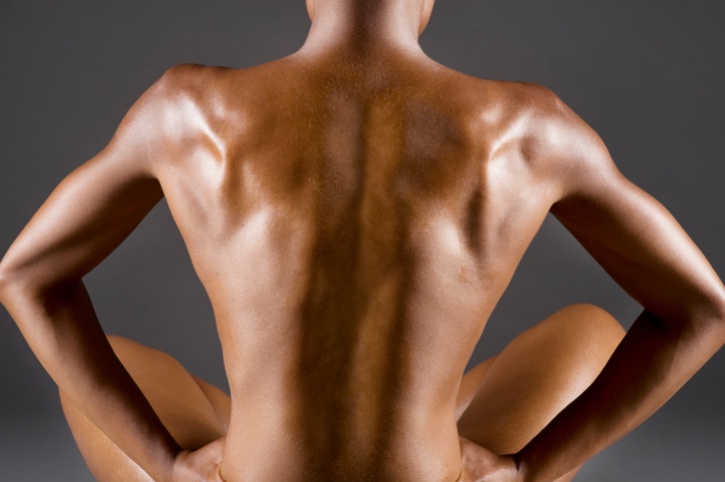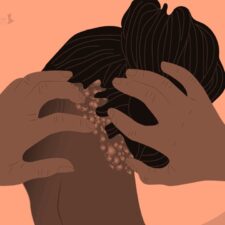
Most of us don’t give that much thought to the health of our spine, but we really should. If you have scoliosis, then you’re probably more in tune with your spine than most people. With more than three million new cases in the U.S. every year, scoliosis is quite common. Not familiar with scoliosis? It’s when the spine is curved sideways. Symptoms include back pain, fatigue, muscle spasms, and uneven hips and shoulders.
Want to keep your spine healthy?Here Are Three Basic Healthy Spine Tips
Lift right. It's very easy to twist the wrong way and damage your spine if you don't use proper form when lifting an object. Here's how to lift correctly, according to NINDS: Stand as close to the object as you can, and use your legs and knees rather than your back or upper body to pull up the item. It will help if you bend your knees so your arms are at the same height as the item. Keep your head down and back straight. If the item is heavy, don't try to lift it yourself — get help.
Sleep tight. Sleeping well is important to your overall health. Your body needs a good night's sleep to repair itself. Sleep on your side, not your stomach: Sleeping on your stomach puts too much pressure on your spine. Sleeping on your side also reduces upper airway collapse, helping to prevent sleep apnea symptoms and give you a better night's rest, according to the National Heart, Lung, and Blood Institute. Invest in a supportive mattress as well as a pillow that promotes proper alignment of your neck. Be sure to turn your mattress regularly so that it wears evenly.
Stretch out. Keeping flexible helps maintain normal joint function and a good range of motion. It also reduces the risk of injury. If you start your day with a few good stretches, it can not only be invigorating, but can also promote spinal health.
As with most health conditions, scoliosis can range from mild to very severe. Some patients have one curve (C-shaped curvature) in their spine while others have two curves (S-shaped curvature). Patients with severe scoliosis may even have three or four curves.
Furthermore, there are four types of scoliosis:
infantile (occurs at birth to three years old);
juvenile (occurs between ages 4-9);
adolescent (occurs between ages 10-18); and
adult (18 and older). Scoliosis is manageable, but it’s best to start receiving treatment as soon as it’s detected, especially if the person is 23 or younger. The reason for this is because our bones ossify (a fancy term for “harden”) as we become older.
“Scoliosis can easily be screened for and children can start getting screened as early six years old,” says Dr. Angela Vecellio, a licensed chiropractor and owner of the practice Palm Beach Medical. “After that, children should continue to be screened once a year.”
What Causes It?
“Some scoliosis is caused by genetic anomalies in the spine, which could include a fused vertebra on one side, a vertebra that has a malformed shape, a spina bifida or cerebral palsy,” Dr. Vecellio says. “Also, some scoliosis can be caused by trauma, which can include fractures and malignancies.”
Can It Be Treated?
“Scoliosis under 20 degrees is considered mild. Most scoliosis cases are mild and can be corrected easily with gentle chiropractic adjustments and stretches,” Dr. Vecellio says. “Some moderate scoliosis can have a combined treatment with chiropractic, stretches and a brace. Some scoliosis can be severe and becomes worse throughout life. In some cases, if the scoliosis is too severe, then it will start to put pressure on organs held in the body and surgery may be required.”
Remember, the best way to ensure you or your child’s spinal health is by getting screened yearly. “Most chiropractors offer a free screening for scoliosis,” Dr. Vecellio says. “The next step is X-rays where the angle of the curve can be measured. Once a child receives treatment, then an x-ray should be performed every year to measure changes and progress. X-rays are usually covered under insurance under wellness care.”
For more articles, click here.








